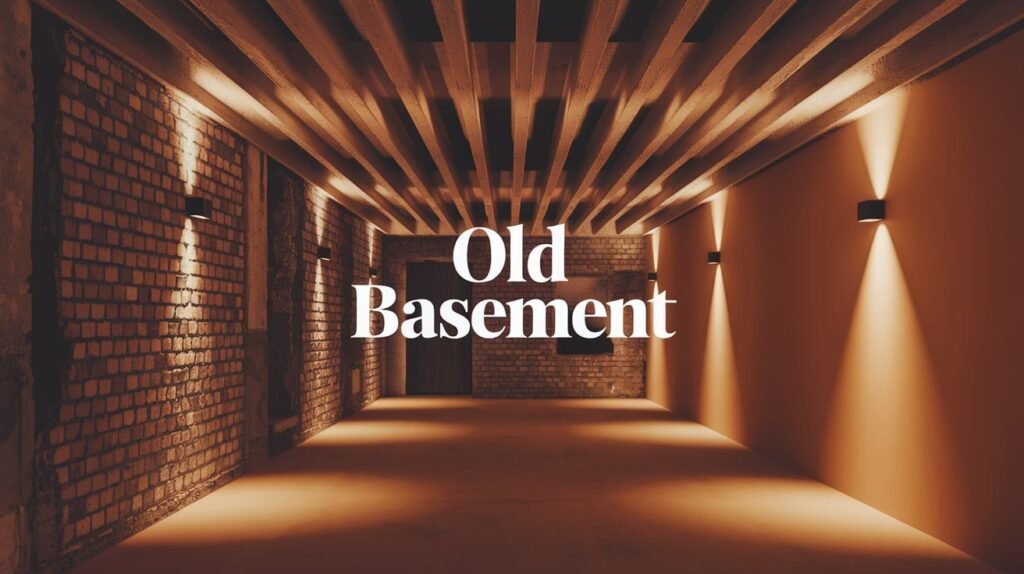Your old basement sits there every day, collecting dust and bad smells. Most homeowners walk past that creaky door without a second thought. But what if that forgotten space could change everything?
That dark, damp room below your feet holds real possibilities. Your old basement can become extra living space for your growing family. It might turn into the perfect storage area you’ve always needed. Or maybe it could become your quiet retreat from daily stress.
You don’t need big budgets or fancy contractors to make it happen. Small changes create big results. This guide gives you simple steps that work in the real world. Your old basement transformation starts with one decision: Are you ready to reclaim that wasted space?
How to Start Improving Your Old Basement?
Start by clearing out everything from your old basement. Box up items you want to keep and donate or toss what you don’t need. Once the space is empty, give it a deep clean with soap and water to see what you’re really working with.
Look around for red flags that need fixing first. Check for water stains on walls, white powder on concrete, or that musty smell that won’t go away. Test for soft spots in wood beams and look for cracks in the foundation that might let water in.
Think about what you want from this space. Do you need more room for your family to spread out, or are you looking for better storage solutions?
Maybe you want a quiet spot to work on hobbies or exercise. Setting this goal early helps you make smart choices about where to spend your time and money.
Keep Moisture Out Before Anything Else
Old basements get wet because they sit below ground, where water naturally flows. Rain soaks into the soil around your foundation and pushes through cracks.
Fix water problems with a sump pump, proper drainage, and sealed walls. These steps stop water from getting into your old basement.
Run a dehumidifier and skip carpet completely. Choose water-resistant floors like vinyl that won’t get ruined if moisture returns.
Improve for Comfort and Safety
Your old basement needs basic changes to feel like a real living space. Focus on lighting, air flow, and flooring that can handle basement conditions.
1. Add Lighting and Bright Finishes
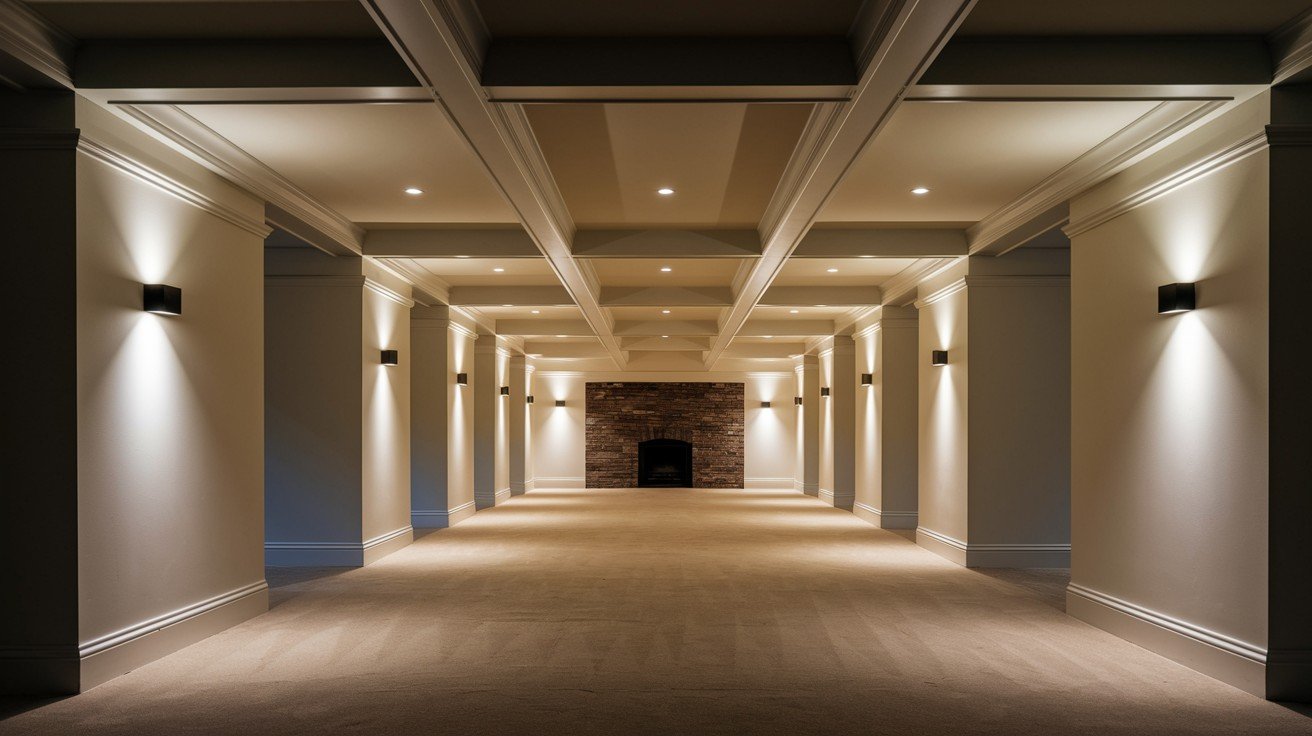
Dark corners make any old basement feel scary and uninviting. Install LED recessed lights in the ceiling and add wall sconces for softer light that bounces around the room.
Paint everything you can see, including walls, ceiling, and exposed beams. Light colors like white or cream make your old basement feel bigger and less like a cave.
2. Improve Insulation and Ventilation
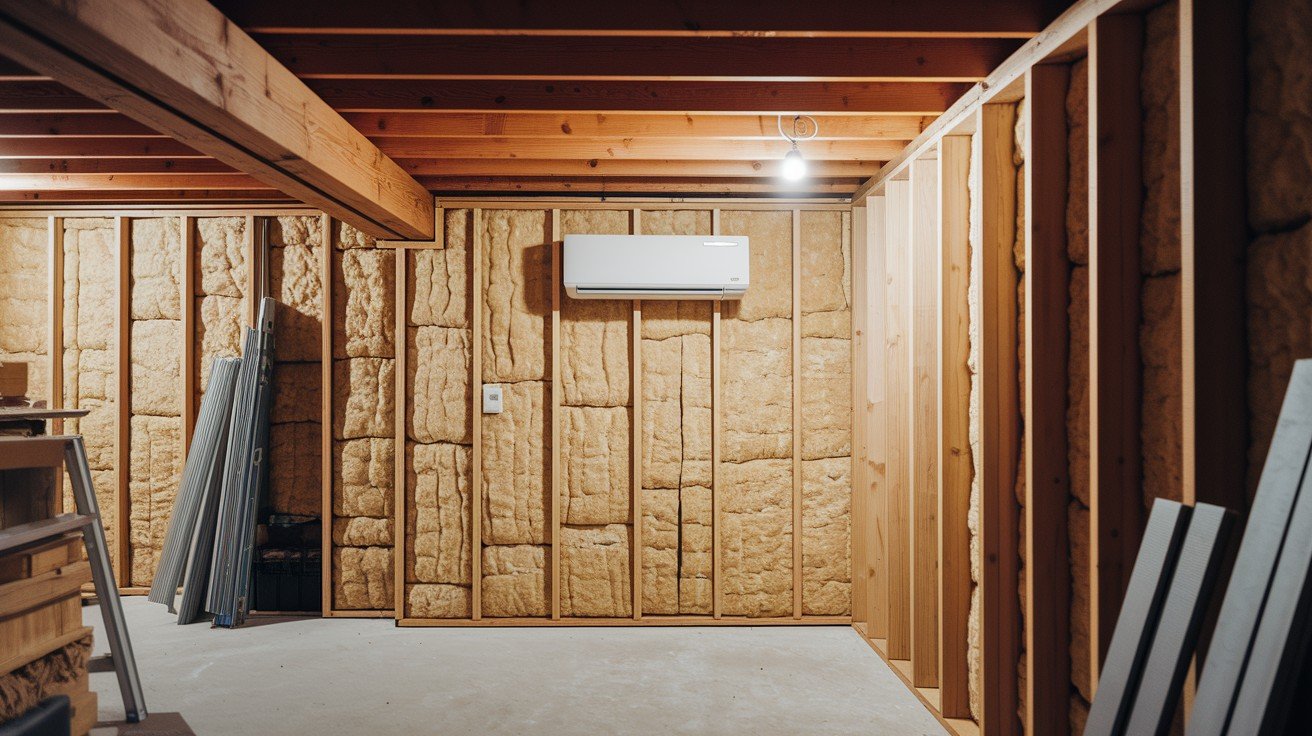
Proper insulation keeps your old basement warm in winter and cool in summer. Add insulation to walls and the ceiling to control temperature and reduce energy costs.
Good air flow prevents stuffiness and controls humidity. Install exhaust fans or a mini-split system if you plan to spend lots of time in your old basement.
3. Use Basement-Friendly Flooring
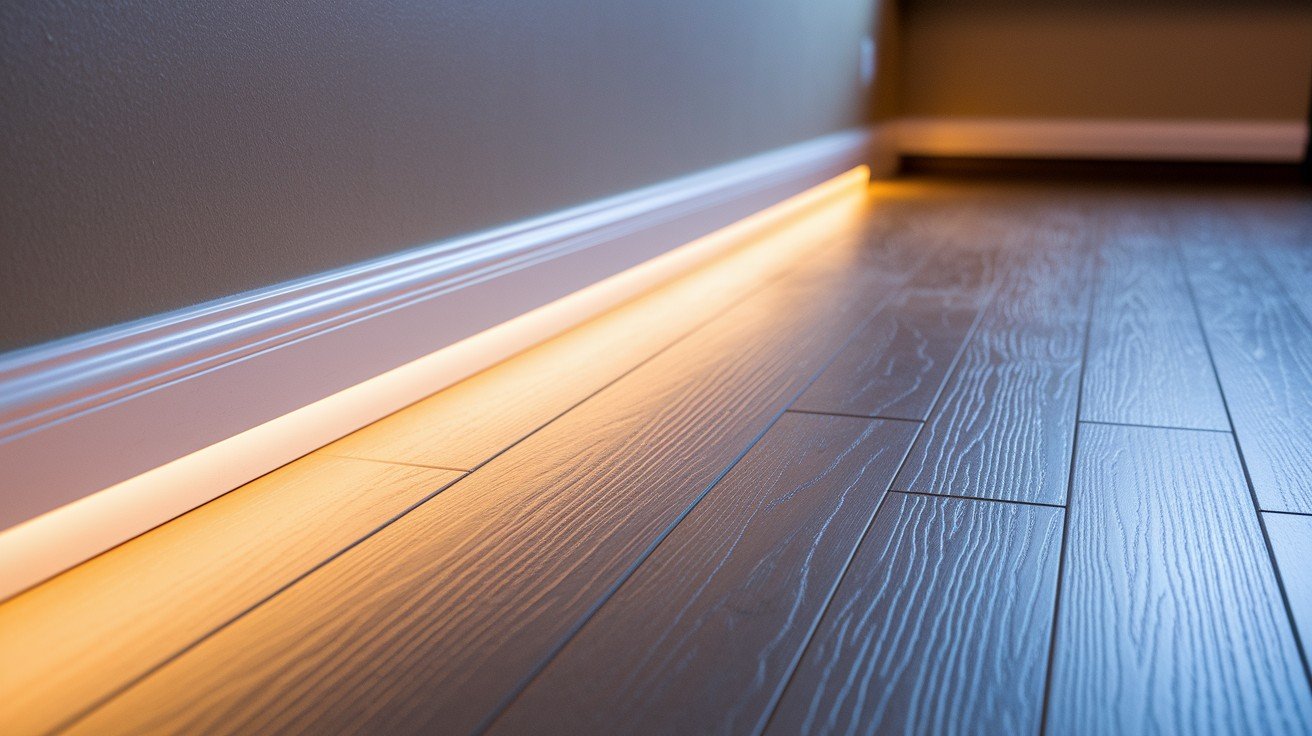
Choose flooring that handles moisture without warping or growing mold. Vinyl plank, rubber tiles, and sealed concrete look good and last long in basement conditions.
Avoid hardwood and regular carpet in your old basement unless it’s completely dry year-round. These materials can buckle, rot, or smell bad when they get wet.
Old Basement Transformation Ideas
Your old basement can become almost any type of room your family needs. Think about who will use the space and what activities happen there most often.
1. Home Office or Creative Studio
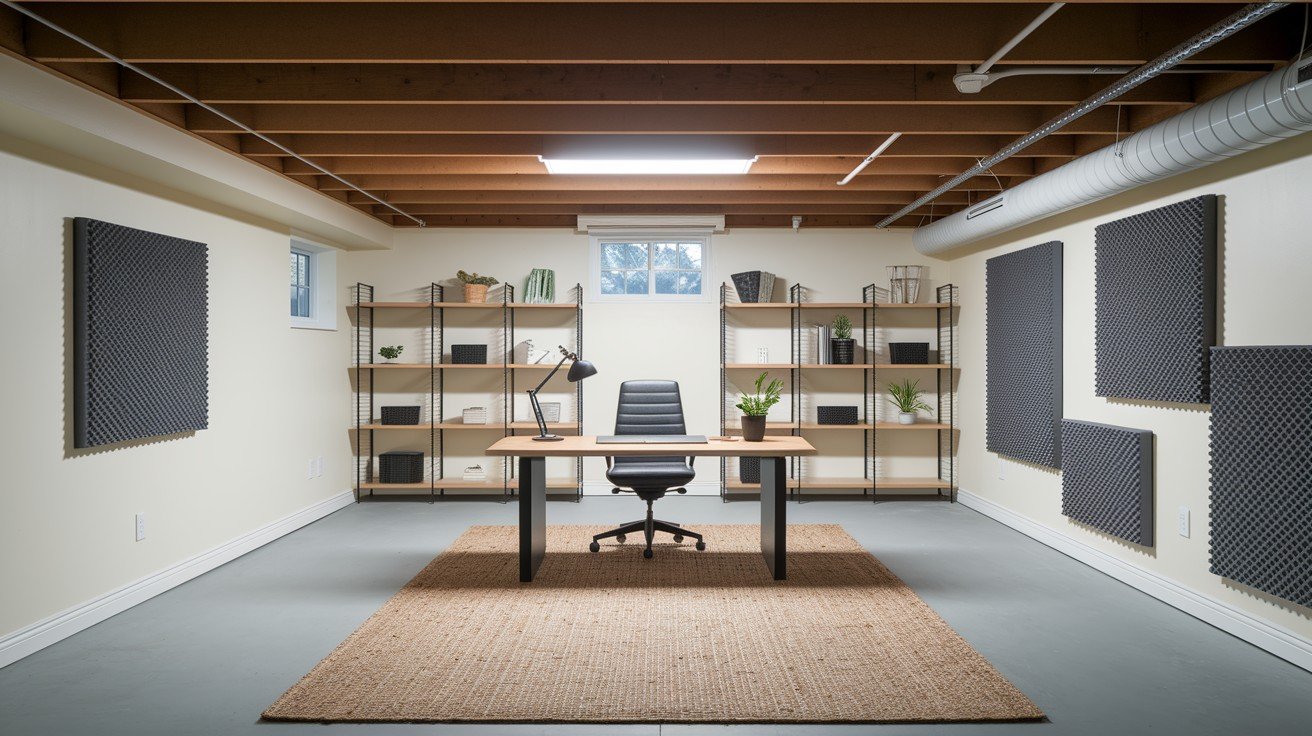
Set up good task lighting and add plenty of electrical outlets for computers and equipment. Install shelving for supplies and acoustic panels to reduce noise from upstairs.
Your old basement makes a perfect quiet workspace since it’s away from household noise. The cooler temperatures also help keep electronics running smoothly.
2. Guest Suite or Teen Hangout
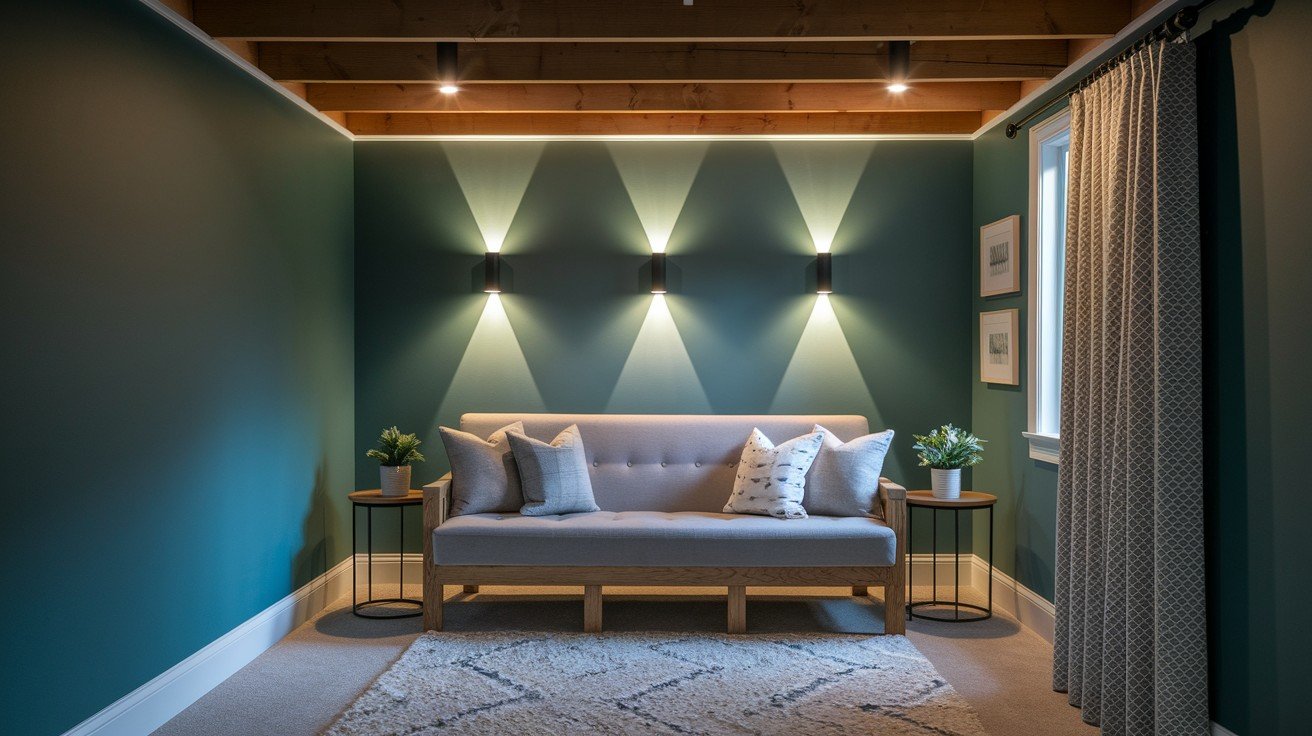
Use room dividers or curtains to create separate sleeping and sitting areas. Add futons or sleeper sofas that work double duty for seating and sleeping.
Soft lighting makes your old basement feel cozy for guests or teenagers who want their own space. You can create privacy without building expensive walls.
3. Home Gym or Yoga Space
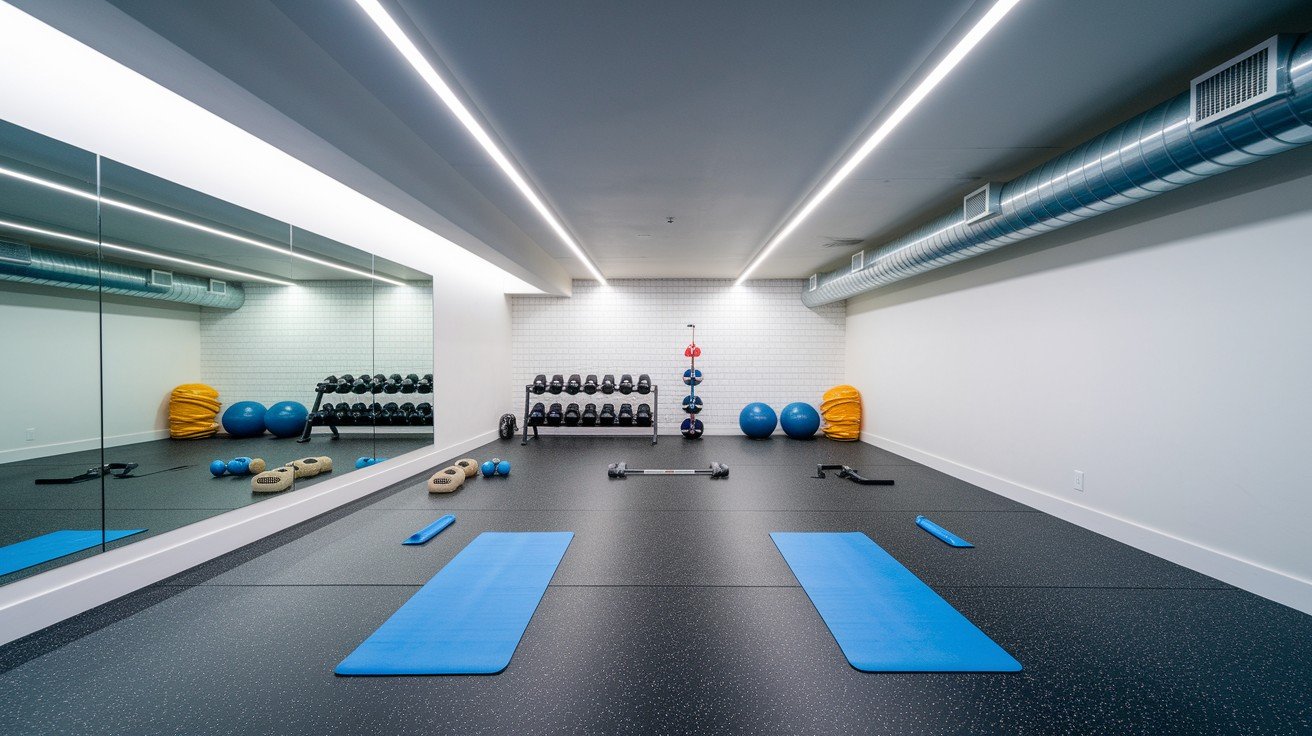
Install rubber flooring that cushions your joints and handles dropped weights. Add full-length mirrors to check your form and improve the feeling of space.
Keep your old basement gym simple with good air flow and easy-to-clean surfaces. The concrete floors and open layout work perfectly for exercise equipment.
4. Kids’ Playroom or Family Lounge
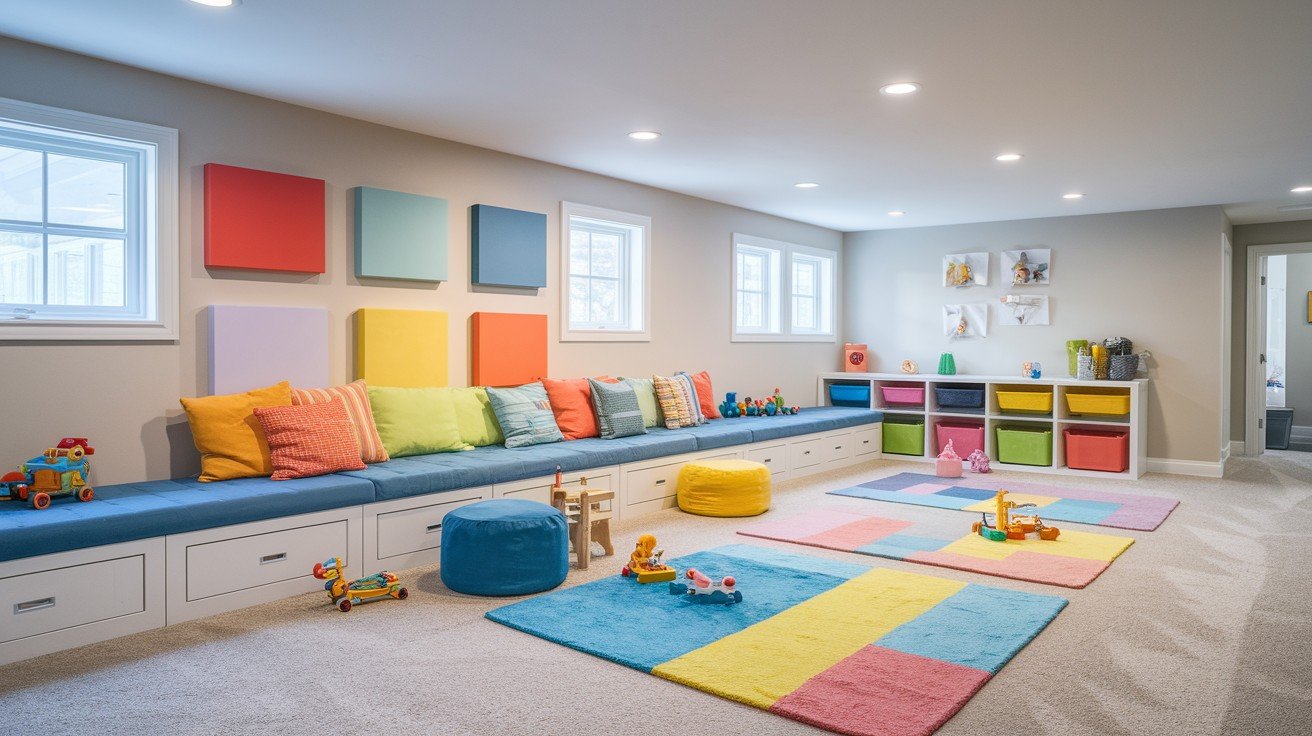
Choose finishes that handle spills and rough play from active children. Add soft area rugs and built-in storage to keep toys organized.
Your old basement gives kids room to be loud and messy without disturbing the rest of the house. Safety features like rounded corners and non-slip surfaces keep everyone protected.
Maximize Storage in an Unfinished Old Basement
Install wall-mounted shelving units that go all the way to the ceiling to use every inch of vertical space. Metal shelving works better than wood in damp conditions and holds more weight for heavy storage bins.
Keep everything off the floor by at least six inches to protect it from water damage. Use plastic storage bins instead of cardboard boxes since they won’t fall apart if moisture gets in your old basement.
Create different zones for different types of items and label everything clearly. Set up areas for seasonal decorations, tools, extra pantry items, and holiday supplies so you can find what you need quickly.
Budgeting and Planning Tips
Smart planning saves money and prevents costly mistakes when fixing up your old basement. Break the work into phases so you can spread costs over time and learn what works best for your space.
- Start with cleaning and moisture control before spending money on finishes
- Basic improvements cost $2,000-$5,000 while full renovations run $10,000-$30,000
- Hire professionals for electrical work, plumbing, and structural repairs
- Get permits for egress windows, bathrooms, or complete living space conversions
Take your time with each phase and don’t rush into expensive changes. Your old basement renovation should fit your budget and give you results you can use and enjoy.
Conclusion
Your old basement doesn’t have to stay dark and forgotten anymore. Small changes make big differences when you tackle moisture problems first and add better lighting second.
Start simple with cleaning and waterproofing, then add insulation and flooring that can handle basement conditions. Your old basement can become a storage space, a home office, or even a cozy family room with the right planning.
The best part? You don’t need to spend huge amounts of money or hire expensive contractors for every job.
Focus on one improvement at a time and watch your old basement turn into useful square footage. Your family gets more space, and your home gains real value that lasts for years.
FAQs
Can I Soundproof My Old Basement for Music or Media Use?
Yes-use acoustic panels on walls, add thick insulation between floor joists, and place area rugs on hard floors. These materials absorb sound and prevent noise from traveling upstairs.
How Can I Improve Old Basement Air Quality Long-Term?
Install a dehumidifier to control moisture and run exhaust fans to move stale air out. Use low-VOC paint and materials that don’t release harmful chemicals into your old basement.
What Are the Best Paint Colors for Low-Light Old Basements?
Go with light neutrals like soft white, warm beige, or pale gray that reflect available light. These colors make your old basement feel bigger and brighter instead of dark.
Can I Add a Fireplace or Wood Stove in My Old Basement?
It’s possible with proper permits and ventilation systems. Electric fireplaces are much easier to install and don’t need special venting, making them the safest choice for old basement projects.
How Do I Make My Old Basement Feel Cozy With Low Ceilings?
Use low-profile furniture, hang artwork vertically to draw eyes upward, and layer different light sources. Warm paint colors and soft textures help your old basement feel welcoming instead of cramped.

